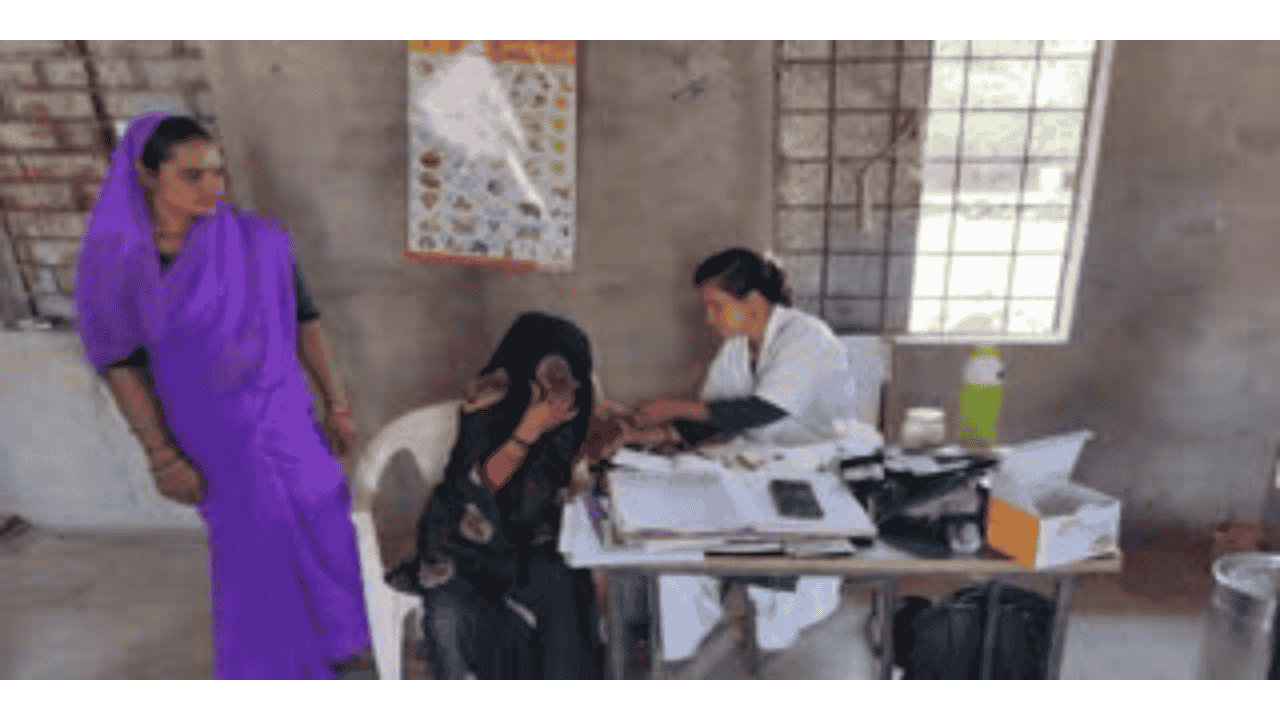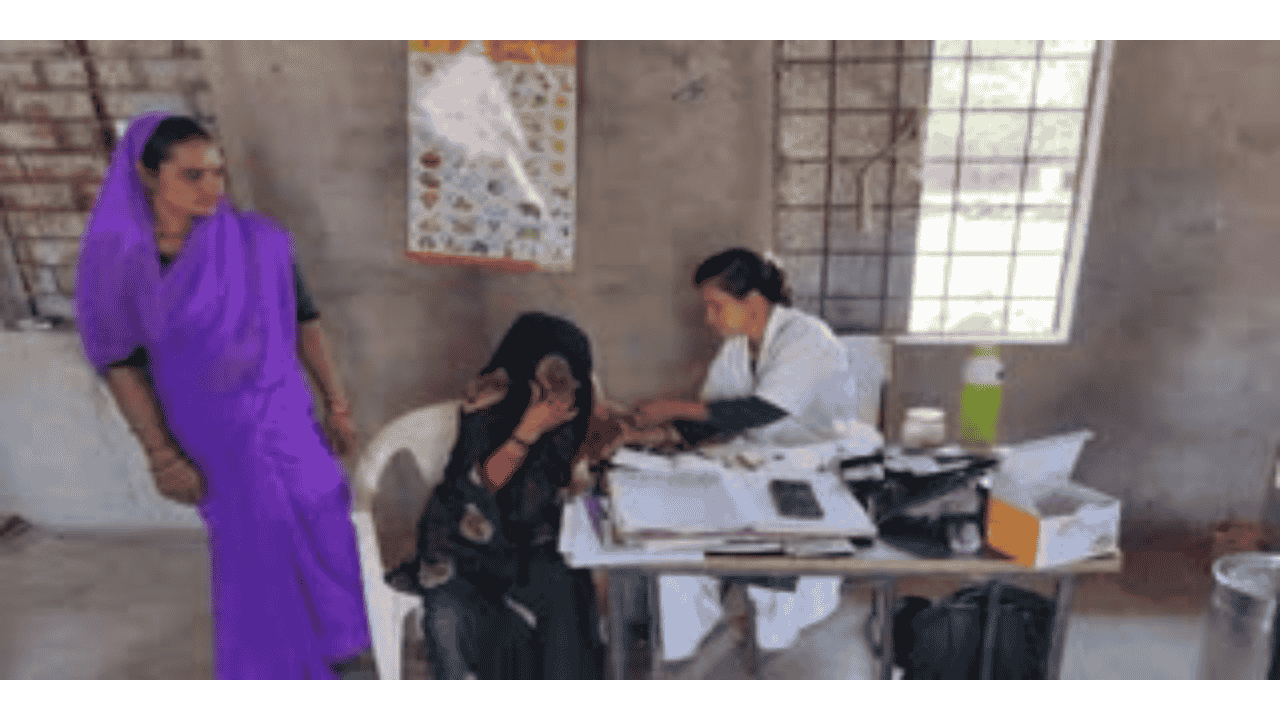Zero Maternal and Infant Mortality in Madhya Pradesh’s Panchayats: An Inspiring Success Story
Key Facts
Despite having one of the highest maternal mortality rates (142 per lakh) in the country, four Gram Panchayats of Madhya Pradesh have successfully achieved complete control over maternal and infant deaths, setting a remarkable example.
National Scenario: The Seriousness of the Challenge
Madhya Pradesh’s Status
Maternal Mortality Rate (MMR): 142 per lakh live births (higher than the national average of 80)
Infant Mortality Rate (IMR): 37 per 1,000 live births (higher than the national average of 25–26)
This situation is among the worst in India, raising concerns about the quality of healthcare services.
National Progress
India’s overall IMR reached 25 in 2023, showing an 80% reduction from 129 in 1971.
Maternal mortality rate has declined by 83% since 1990.
Strategies of the Successful Panchayats
Panchayats Achieving Zero Maternal Mortality
1. Dhakoni Panchayat, Ashoknagar
Population: 8,000
Achievement: Zero maternal deaths in 2 years
Strategies:
Special monitoring of high-risk pregnant women
100% registration and timely check-ups
Regular visits for anemic women
All deliveries conducted at institutional facilities
2. Garouli Bundelkhand, Chhatarpur
Special Feature: Continuous monitoring of every case by ASHA workers
Success Factors: 100% registration, timely treatment, and institutional deliveries
Panchayats Achieving Zero Infant Mortality
1. Ghanakodia, Chhindwara
Challenge: Hospital located 40 km away, rough roads
Solution: Community support ensured timely transport of pregnant women to hospitals
Innovation: Eliminated traditional superstitious healing practices, promoted scientific medical care
2. Badalpur, Betul
Strategy: Maintained a register of pregnant women with scheduled check-up dates
Responsibility: Family heads made accountable for ensuring medical check-ups
Follow-up: Regular postnatal check-ups and emphasis on child nutrition
Role of the National Health Mission (NHM)
Major Achievements (2021–24)
Appointment of 12 lakh additional healthcare workers
Establishment of 1.72 lakh Ayushman Arogya Mandirs
83% reduction in maternal mortality since 1990
Infant mortality reduced from 39 (2014) to 28 (2020)
Key Schemes
Pradhan Mantri TB Mukt Bharat Abhiyan
National Sickle Cell Elimination Mission
Ayushman Bharat Digital Mission
Key Factors Behind Success
Community Participation
Coordinated efforts among Sarpanch, ASHA, and ANM workers
Active involvement of Gram Sabha members
Systematic Monitoring
100% registration of pregnant women
Special care for high-risk cases
Regular health check-ups
Digital Health Platforms
Use of U-WIN platform for real-time vaccination tracking
Expansion of Mobile Medical Units
Future Goals and Challenges
Targets by 2030
Reduce maternal mortality to 40 per lakh
Reduce infant mortality to 10 per thousand
Key Challenges
Lack of healthcare facilities in rural areas
Shortage of trained health professionals
Inadequate infrastructure development
International Comparison and SDG Goals
India has shown remarkable progress under SDG Goal 3 (Good Health and Well-being):
Maternal mortality reduced by 83%, compared to global average reduction of 42%
Infant mortality reduced by 69%, compared to global average reduction of 55%
Why This Matters for Your Exam Preparation
Relevance for UPSC Mains
GS Paper 2: Issues related to the health sector and social justice
Analytical Question Example:
“Evaluate the role of community participation in reducing maternal and infant mortality in India.”
Relevance for Prelims
Achievements of the National Health Mission
Components of Ayushman Bharat Scheme
Definitions and national averages of MMR and IMR
Relevance for Other Competitive Exams
In MPPSC, special importance of Madhya Pradesh’s health policies
In Central Civil Services, questions on rural development and health management
Key Takeaway
This example demonstrates that even with limited resources, determination and community collaboration can bring revolutionary improvements in healthcare. It highlights the strength of India’s decentralized governance system.







